In our fast-paced lives, a cluttered room can quickly become overwhelming, affecting both our productivity and mental well-being. Whether you’re expecting unexpected guests, need to clear your mind, or simply want to restore order to a chaotic space, knowing how to efficiently reset a room can be a game-changer. The good news? You don’t need hours to transform a messy space into an organized haven. With the right approach, strategic thinking, and focused effort, you can reset any room in just 15 minutes.
This quick reset isn’t about deep cleaning or reorganizing your entire life—it’s about creating a functional, visually pleasing space in minimal time. Let’s explore how to accomplish this seemingly impossible task with surprising efficiency.
Understand What “Reset” Really Means
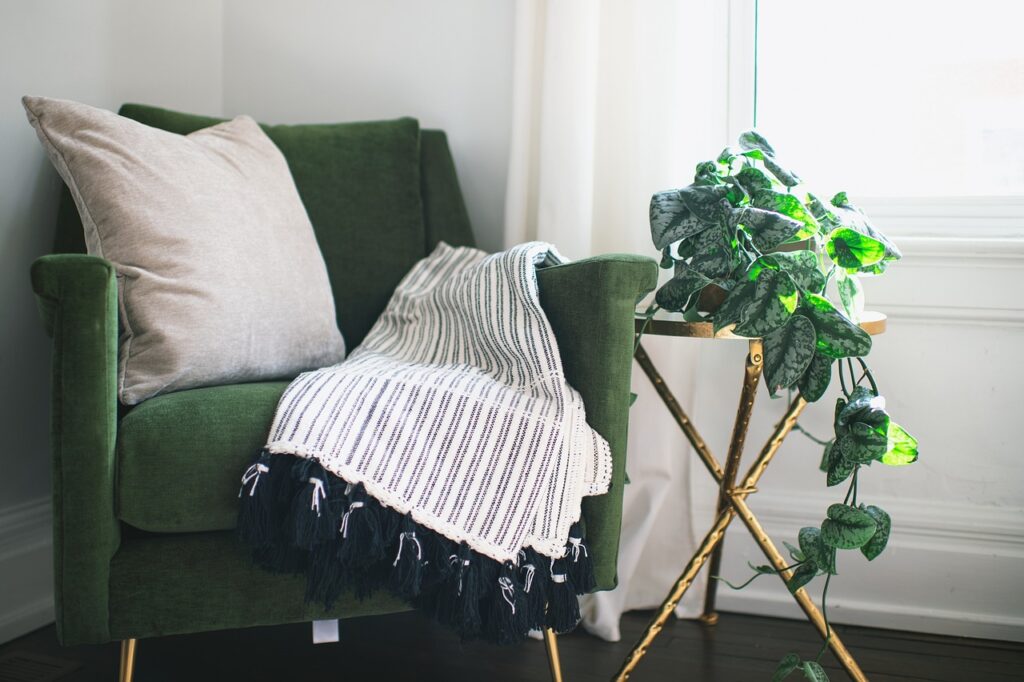
First, it’s important to clarify that resetting a room isn’t the same as deep cleaning or reorganizing. Resetting means returning a room to its baseline functional state where items are in their designated places and surfaces are clear of unnecessary clutter. Think of it as pressing a reset button on your space—you’re not reprogramming the entire system, just returning it to its default settings.
This distinction is crucial because it helps set realistic expectations about what can be accomplished in 15 minutes. The goal is to make the room look presentable and feel comfortable, not to tackle long-standing organizational issues or deep cleaning tasks that require more time and attention.
Gather Your Reset Toolkit
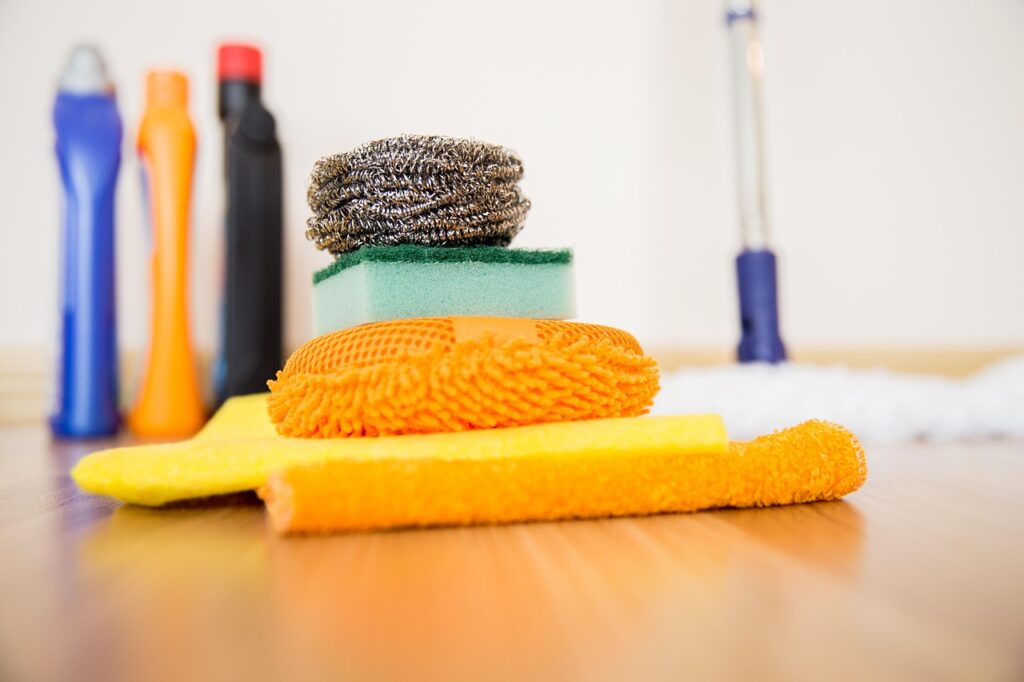
Before starting your 15-minute reset, assemble a simple toolkit that will streamline the process. Include a large basket or bin for collecting items that belong in other rooms, a microfiber cloth for quick dusting, a garbage bag for trash, and possibly a laundry basket for collecting dirty clothes. Having these tools ready prevents wasted time searching for supplies once you’ve started.
Consider keeping a dedicated “reset kit” in a central location in your home so you can grab it whenever needed. Some organized individuals even keep mini reset kits in each room, customized to that space’s particular needs, which further increases efficiency.
Start with a Strategic Scan
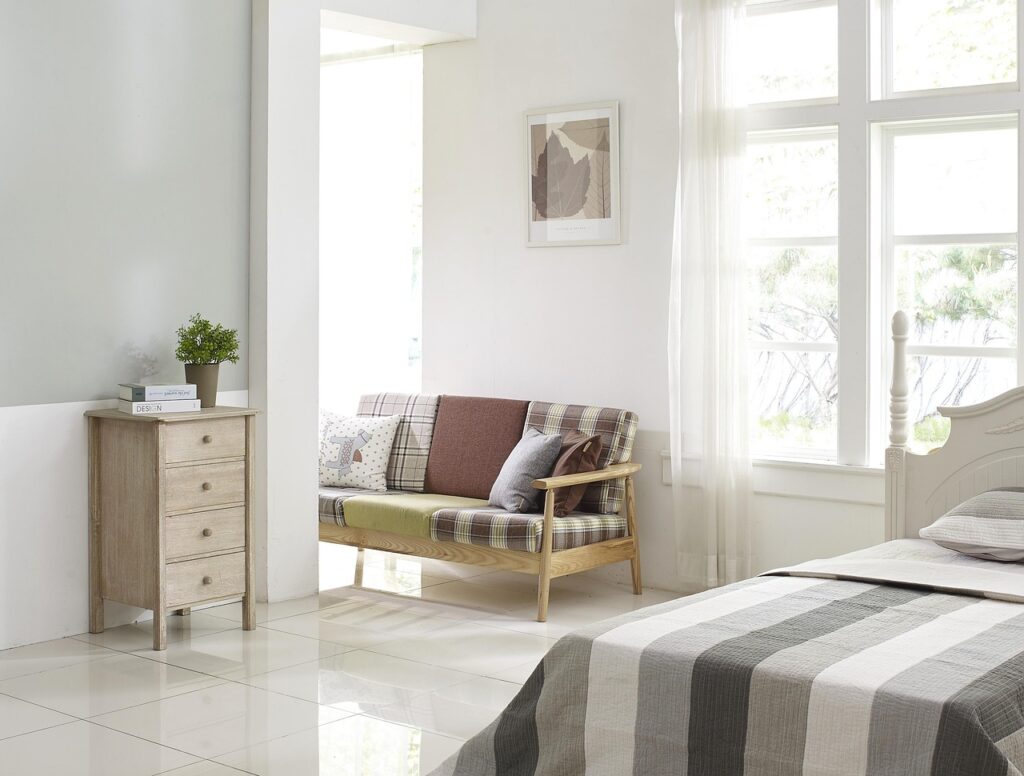
Take 30 seconds to stand at the doorway and scan the room strategically, identifying the biggest eyesores and trouble spots that need immediate attention. This brief assessment helps prioritize your efforts rather than tackling tasks randomly. Look for items that are clearly out of place, surfaces covered with clutter, and areas that immediately draw your eye in a negative way.
During this scan, mentally divide the room into sections or quadrants to help organize your approach. This preliminary step may seem like it wastes precious seconds, but it actually saves time by creating a mental roadmap for your reset process.
Focus on Surface Clearing First
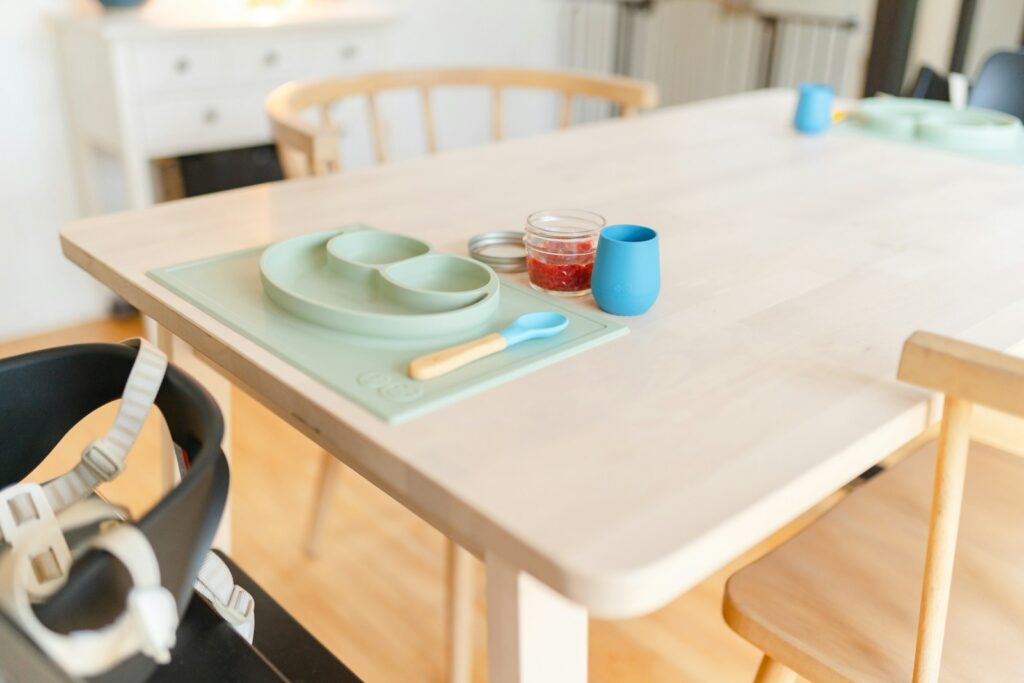
Begin by clearing all horizontal surfaces—tables, countertops, desks, and shelves—as these areas tend to collect the most visible clutter. Start with the largest surfaces and work your way to smaller ones, quickly sorting items into those that belong elsewhere, those that need to be put away in that room, and those to be discarded.
This immediate visual improvement creates momentum and motivation to continue. When clearing surfaces, handle each item only once—decide immediately where it goes rather than creating “maybe” piles that will need to be addressed again. The goal isn’t perfect organization but rather returning items to their general homes.
Implement the Four-Category System
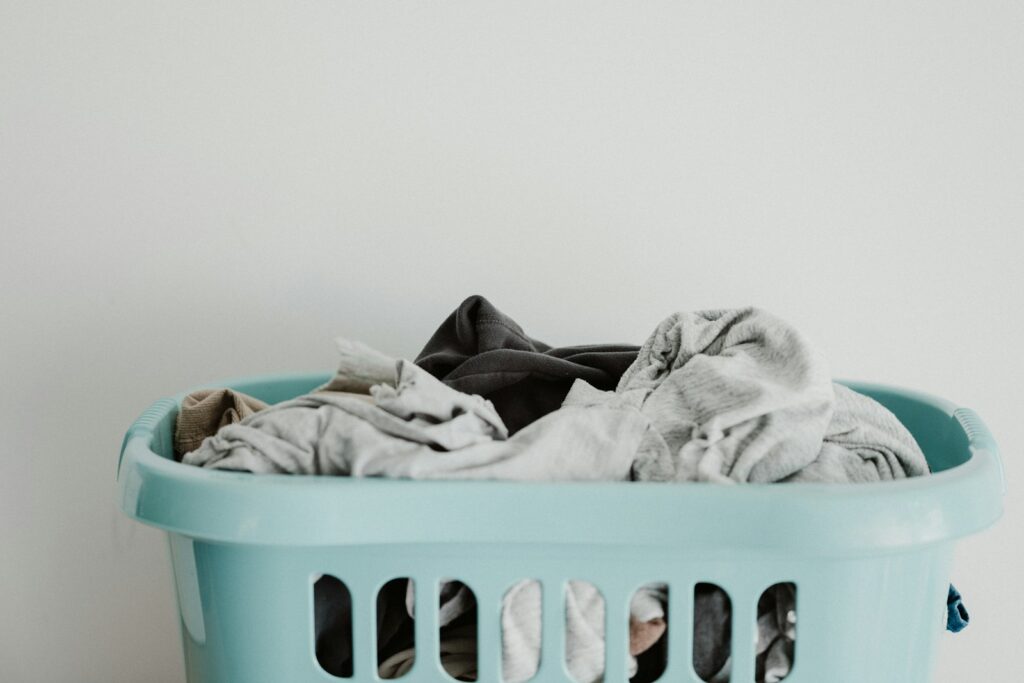
As you move through the room, mentally categorize every out-of-place item into one of four groups: trash, belongs elsewhere, needs to be put away in this room, or needs a decision later. Physically sort items accordingly—trash goes directly into your garbage bag, “elsewhere” items go in your collection basket, and “this room” items get returned to their proper places immediately.
For items needing decisions (like papers to file or things without obvious homes), designate one small area or container to revisit after your reset if time allows. This system prevents you from getting stuck deliberating over individual items and maintains your momentum throughout the 15-minute window.
Make the Bed or Straighten the Focal Point
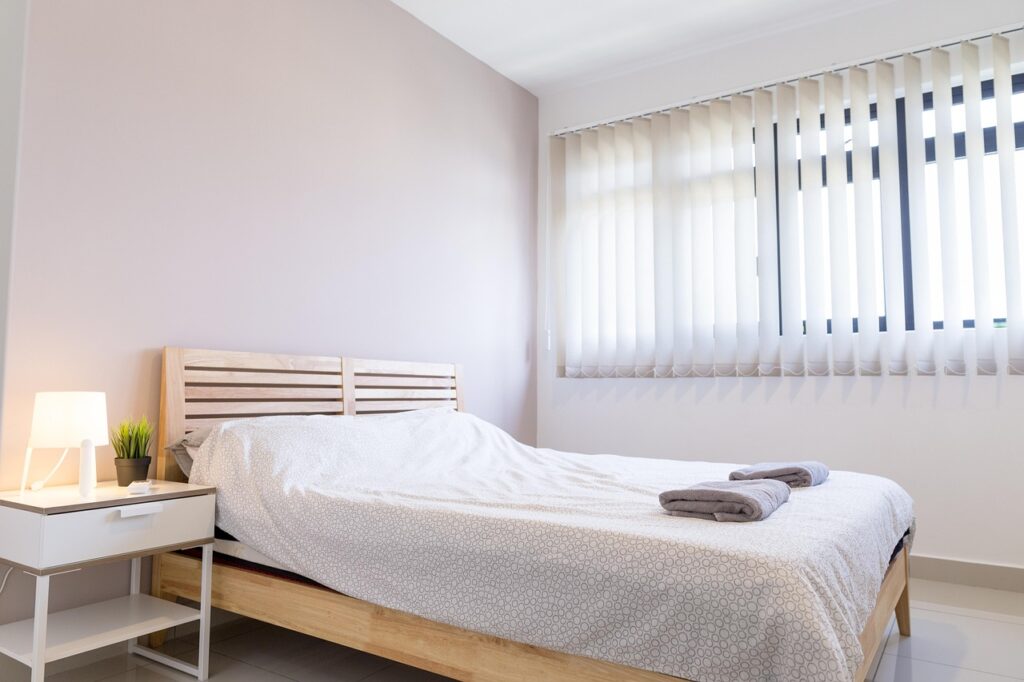
Every room has a focal point that significantly impacts the overall impression of the space—in bedrooms, it’s the bed; in living rooms, it might be the couch and coffee table area; in kitchens, it’s typically the countertops. Spend a minute or two resetting this focal point, as it delivers the biggest visual impact for your time investment.
Making a bed with a quick pull-up of covers and arrangement of pillows can transform a bedroom instantly, even if other areas are still imperfect. Similarly, straightening couch cushions and arranging throw blankets can immediately elevate a living room’s appearance without requiring much time or effort.
Address Floor Clutter Efficiently
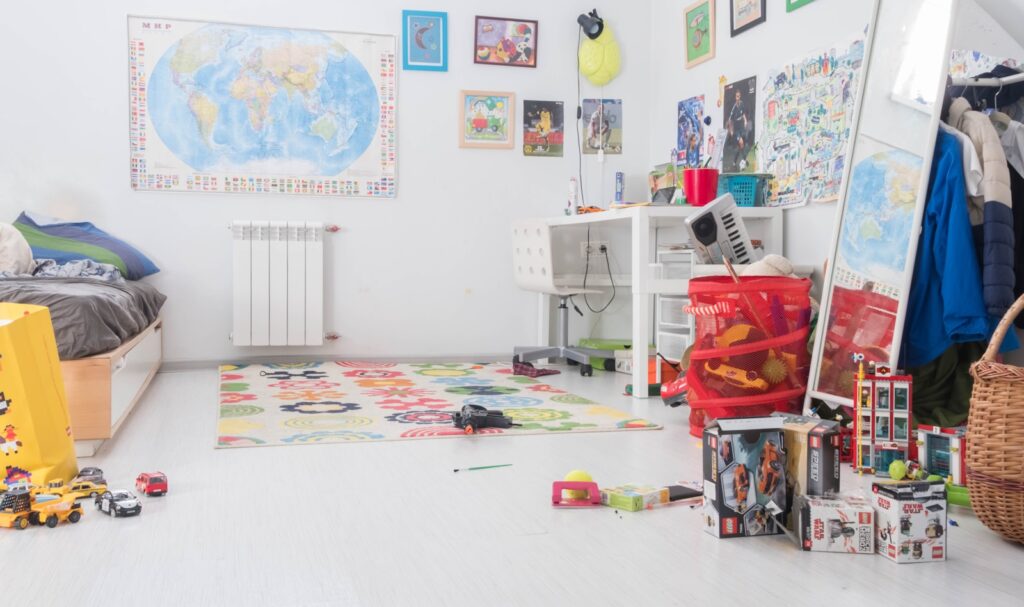
After tackling surfaces, quickly address items on the floor that don’t belong there. Pick up clothing, toys, books, and any other objects that should be stored elsewhere. This step isn’t about vacuuming or mopping but simply clearing obvious floor clutter that disrupts the room’s flow and appearance.
Focus particularly on walkways and high-traffic areas that need to be clear for safety and functionality. When picking up floor items, move in one direction around the room to avoid backtracking and wasting precious time, using your collection baskets to sort as you go.
Utilize the “One Trip Rule”

To maximize efficiency, implement the “one trip rule” by collecting all items that belong in other rooms in your basket and delivering everything in a single trip at the end of your 15 minutes. This prevents the common time-wasting pattern of leaving the room multiple times to return individual items. If you discover the item’s final destination requires its own reset, simply place the item just inside the doorway of that room rather than getting sidetracked with another space.
The goal is to maintain focus on your current room until the 15-minute timer expires, preventing the all-too-common problem of starting multiple areas and finishing none.
Quick Dust and Wipe Visible Surfaces

Once clutter is cleared, use your microfiber cloth to quickly dust and wipe the most visible surfaces in the room. Focus on areas at eye level and surfaces that reflect light, as dust and smudges are most noticeable there. This isn’t a deep clean but rather a quick refresh that enhances the room’s appearance. Pay special attention to glass surfaces like mirrors and coffee tables, which immediately look cleaner with a quick wipe.
Remember that for a 15-minute reset, perfection isn’t the goal—you’re aiming for “noticeably better” rather than “immaculately clean.”
Reset the Textiles
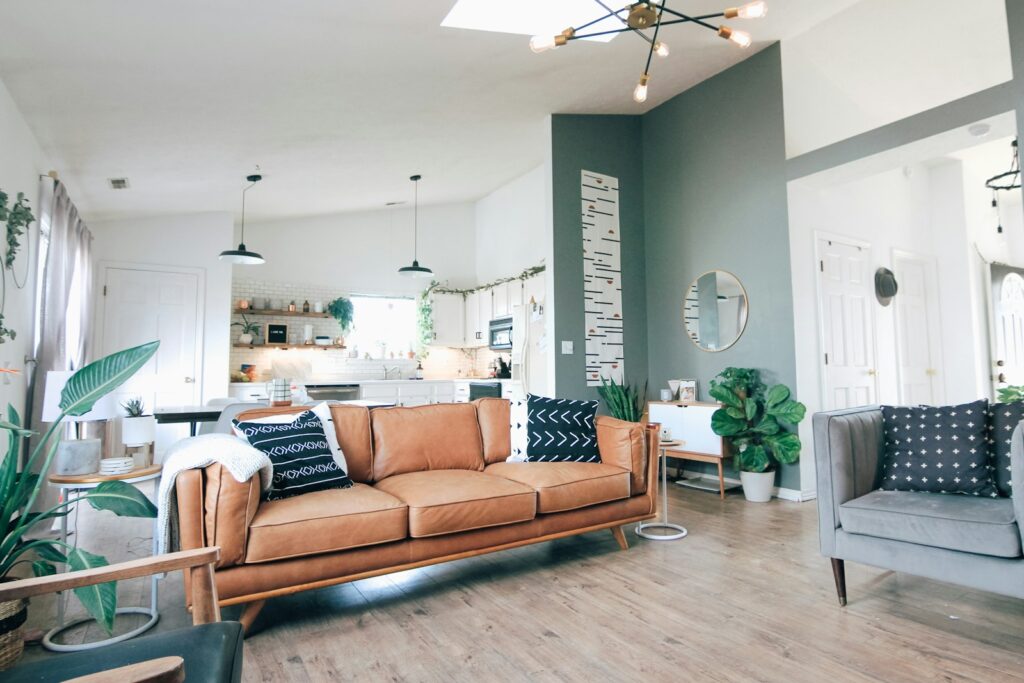
Straightening textiles—throw pillows, blankets, curtains, and rugs—takes just seconds but significantly improves a room’s appearance. Fluff and arrange pillows, fold or drape blankets purposefully, straighten curtains, and straighten area rugs that may have shifted. These soft elements add texture and comfort to a space, and when disheveled, they can make even an otherwise tidy room look messy.
The visual impact of aligned textiles creates an impression of intentionality and care that elevates the entire space. This step is particularly important in living rooms and bedrooms, where textiles often form a significant part of the decor.
Create the Illusion of Order with Grouping
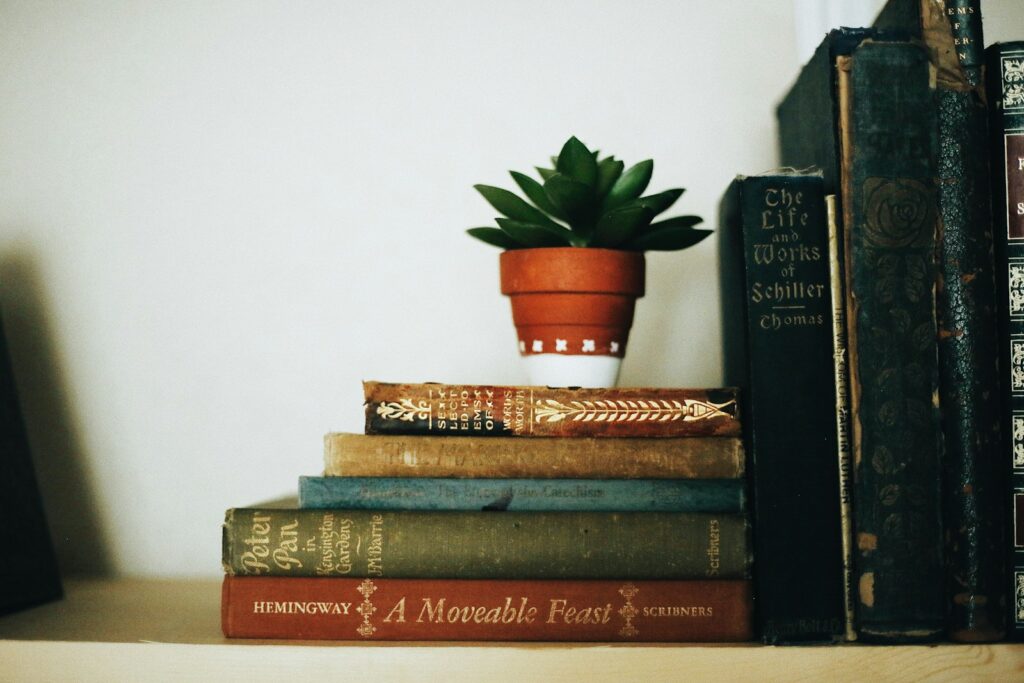
For items that must remain out, create the illusion of order by grouping similar objects together rather than having them scattered throughout the space. Stack books neatly, arrange remote controls in a row, or gather desk supplies in a contained area. This simple technique transforms “clutter” into “collections” that appear intentional rather than haphazard.
Even necessary items look more organized when grouped with purpose and alignment. This approach is particularly effective on shelves, coffee tables, and desks where multiple items need to remain accessible but can look chaotic when randomly arranged.
Finish with a Sensory Enhancement
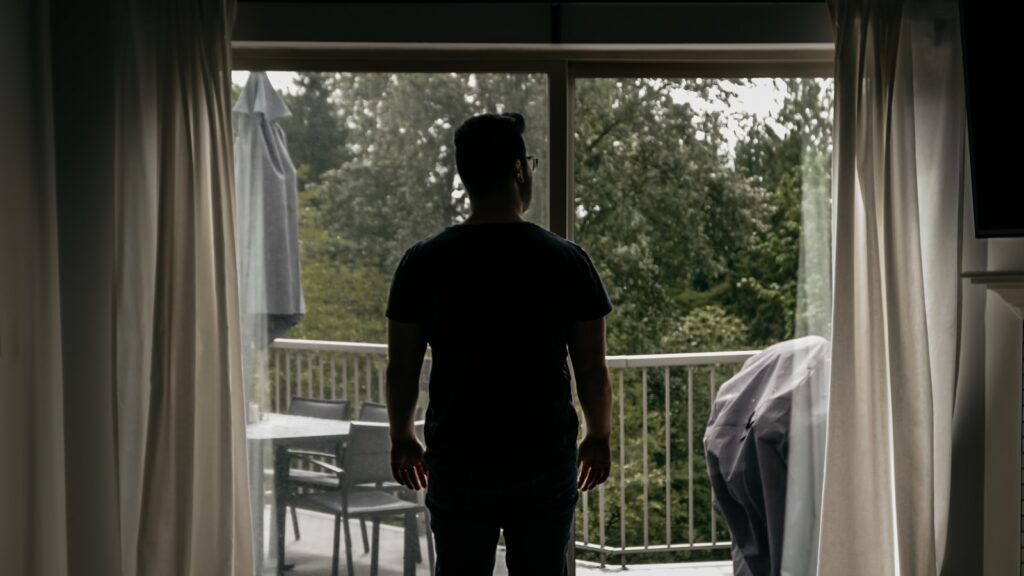
In the final minute of your reset, add a small sensory enhancement to elevate the room’s overall feel—open a window for fresh air, turn on a lamp for better lighting, light a candle, or straighten a crooked picture frame. These finishing touches engage senses beyond the visual and create a more welcoming atmosphere with minimal effort. Consider keeping a room spray or essential oil diffuser as part of your reset kit for a quick aromatic refresh.
The psychological impact of these small sensory improvements shouldn’t be underestimated—they signal completion and transition the space from “just cleaned” to “truly welcoming.”
Practice Makes Perfect: Developing a Reset Routine
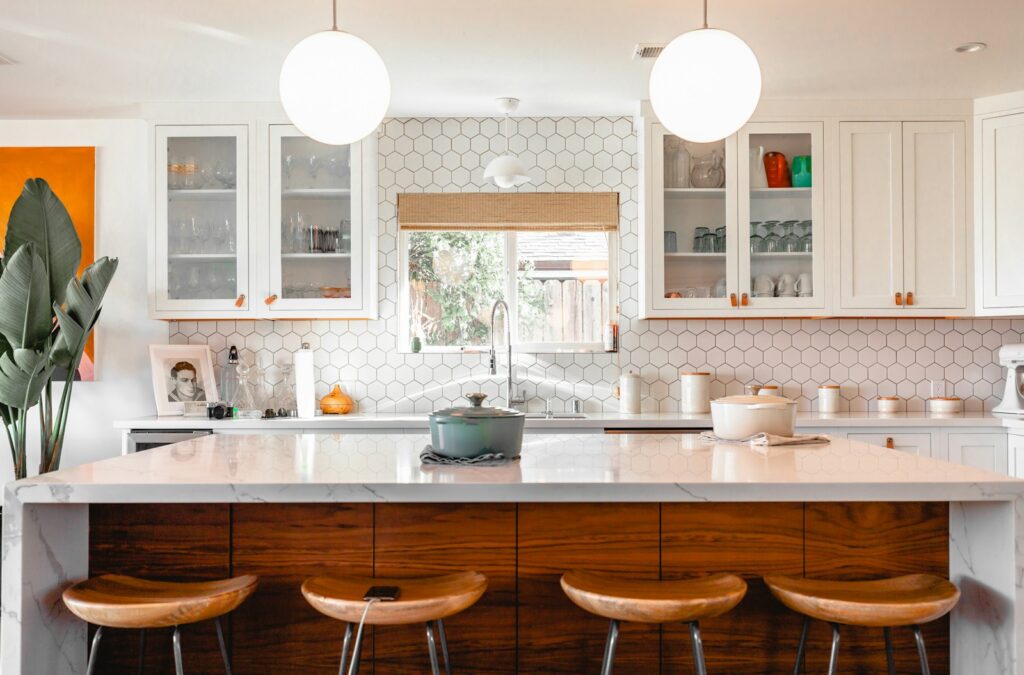
Like any skill, room resetting becomes faster and more effective with practice. Consider setting a recurring 15-minute appointment with yourself several times a week to reset your most-used spaces. After a few sessions, you’ll develop personalized patterns and shortcuts specific to each room in your home. Many people find that regular brief resets actually reduce the need for marathon cleaning sessions and help maintain a consistently more organized home.
Creating this habit not only keeps your space more functional but also reduces the mental load associated with disorganized environments, potentially improving your overall well-being and productivity.
When to Schedule Your 15-Minute Resets
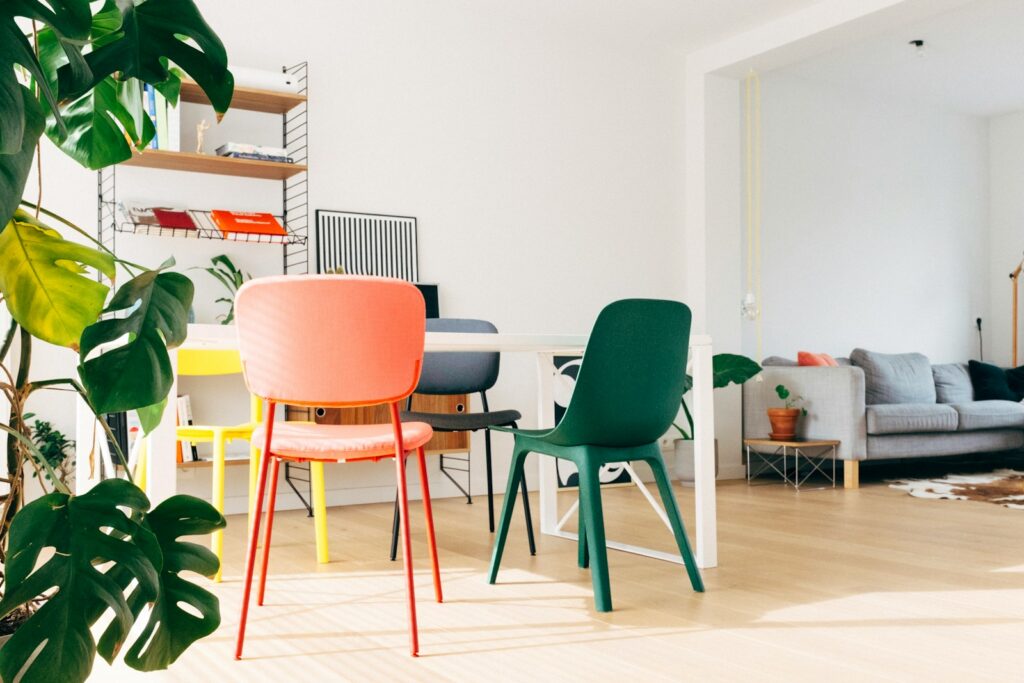
Strategic timing of your reset sessions can maximize their effectiveness and sustainability as a habit. Many find that a quick morning reset helps start the day with clarity, while others prefer an evening reset to create a peaceful environment for relaxation. Consider building resets into existing transition points in your day—before leaving for work, after dinner, or before weekend activities. Pairing resets with other established habits (like after your morning coffee or before your evening shower) creates natural triggers that help the practice become automatic over time. Whatever schedule you choose, consistency matters more than timing, so select periods when you’re likely to have both the time and energy to follow through.
Conclusion: The Power of Quick Room Resets
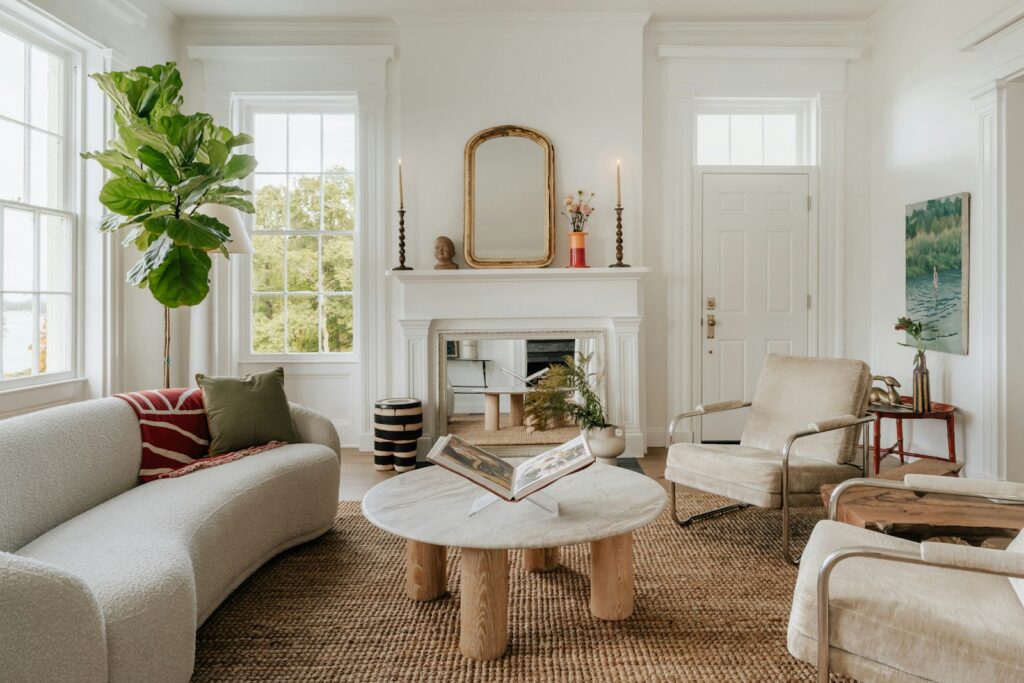
The 15-minute room reset isn’t about achieving perfection; it’s about creating functional, visually pleasing spaces that support your well-being and productivity without consuming hours of your day. By understanding what a reset truly entails, preparing the right tools, and following a strategic approach, you can transform chaotic spaces into orderly environments in surprisingly little time.
As this practice becomes habitual, you’ll likely find that these quick resets not only make your home more enjoyable but also reduce stress and create more time for activities you truly value. Remember that the goal is progress, not perfection—and even the most modest improvements can have significant impacts on how you experience your living space.

